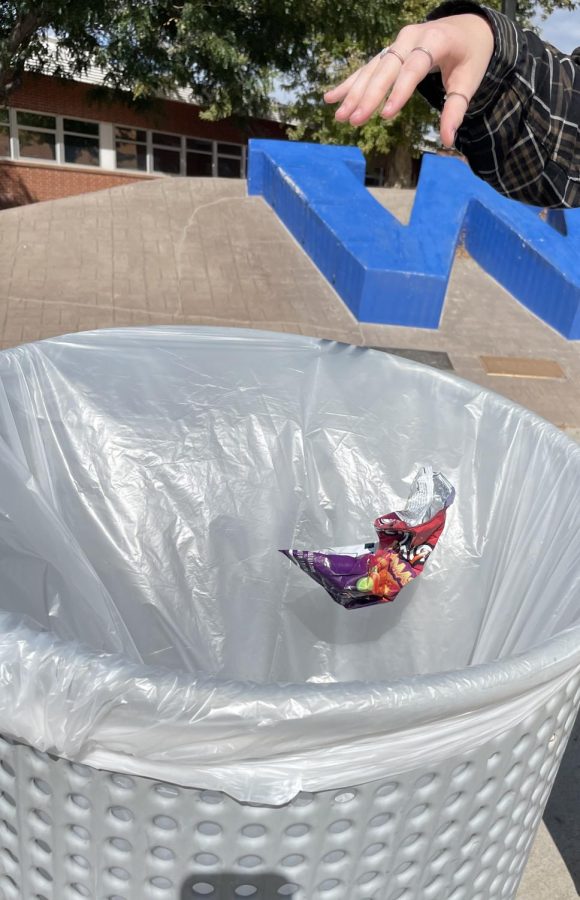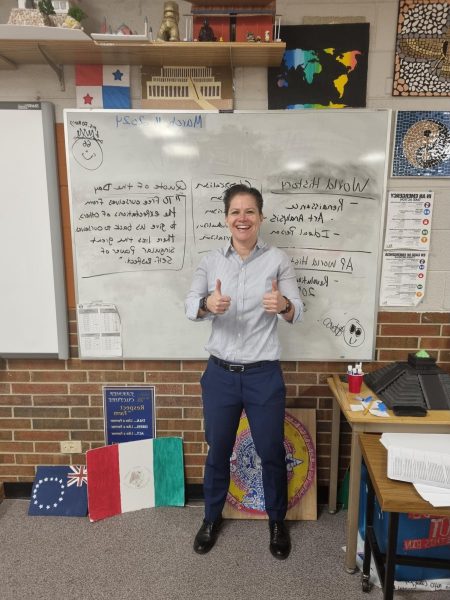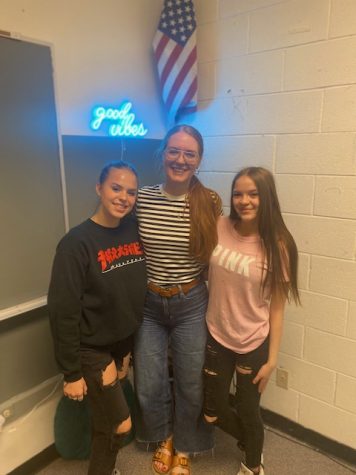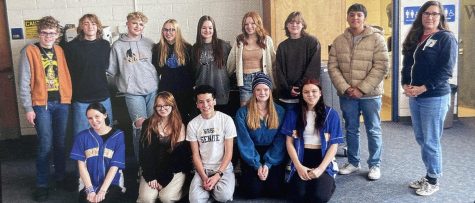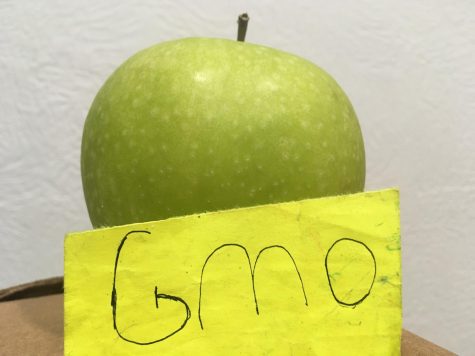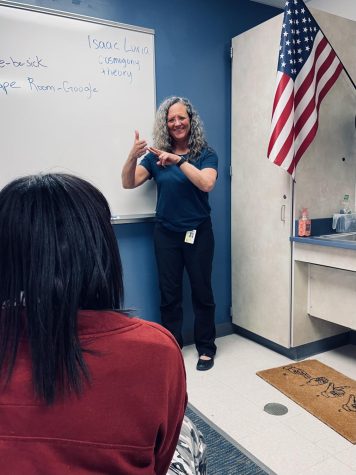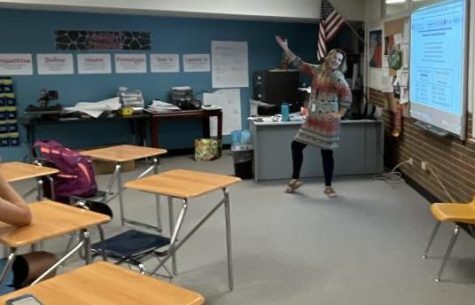Students throwing away school lunches creates food waste
Students on the Farm throw away much of their food.
October 3, 2022
The bell rings at 11:06, releasing the hungry students at Wheat Ridge High School into the halls. Groups move all over the school to meet friends and head to lunch. For around 160-220 Farmers, their lunchtime destination is the school cafeteria, where Alyssa Miller, the cafeteria manager, and her team have spent the morning preparing a meal.
These meals will include all components that are needed for a healthy and filling diet, following regulations set by state and federal laws and the USDA (U.S Department of Agriculture).In reality, how much of these meals are actually being eaten?
The rustle of the trash bags can be heard throughout the cafeteria during lunch, as kids who receive school lunch often throw out various parts of their meals.
“I’ll usually only eat part of the meal,” said Hayden Rombough, a junior. “Like the burger or whatever it is that day, the rest usually isn’t that good.”
Students throwing away a majority of the meals they are provided leads to mass amounts of food waste daily from the cafeteria alone.
Students often wonder who decides on what food is served?
“Meals are decided on by someone at our central office, and they take an account of the calories, the sodium count, the sugar count, all of that stuff,” Miller said. The design of these meals is based on strict rules provided by the school district to ensure every kid is getting a nutritious meal that includes all of the major food groups; grains, proteins, fruits, vegetables. When nutrients in the meals aren’t being eaten and are instead thrown away, this is where the problems emerge, affecting not only the environment but students’ health as well.
In 2010 the Obama Administration set out to improve the quality of food in American public schools with the “Let’s Move” campaign headed by First Lady Michelle Obama. This program laid out a new series of regulations for school lunches, striving to decrease childhood obesity. This came with positive intentions but ended up having negative reactions.
“There are things you have to take, even if I know I won’t eat it,” Rombough said,“So I just throw it away.”
The goal was to incorporate healthier diets into schools, but as a result, underfunded schools require students to take low-quality fruits and veggies that aren’t being eaten anyway.
Schools become a big contributor to food waste in the United States, producing 530k tons of food waste yearly according to a study done by the K-12 Dive .
A typical trash bag weighs around 52 pounds when full; Wheat Ridge’s cafeteria alone uses around 16 daily. America as a nation produces 108 billion pounds of food waste yearly. Forty percent and nearly $408 billion worth of food in the United States becomes food waste according to a survey done by Feeding America.
There are solutions, however. Many American families compost, around 6.1 million households in 2017 according to the EPA (Environmental Protection Agency). Wheat Ridge’s agriculture class takes a small portion of the food waste from students around the school and composts it. The issue arises when there is too much food for one group to work on composting. “We can’t accommodate all the food from the cafeteria,” says science and agriculture teacher Traci Binford.
The average teen needs between 2200-2800 calories daily to be strong and healthy. On a day-to-day basis, the required amount in one school meal is around 750 to 850 calories. If students are only eating half of their meal, many are not receiving the nutrients they need.
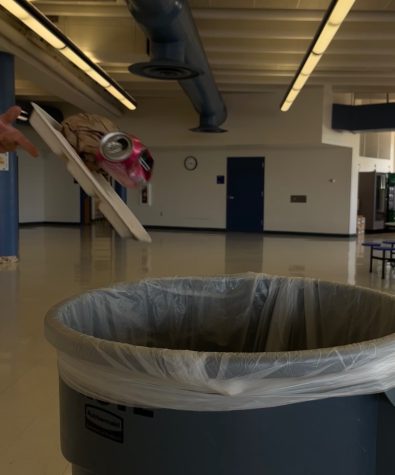
The issue the school lunch system is facing is that students are required to take food they won’t eat, contributing to greater amounts of food waste. But if they only took what they want, kids would not be provided with the correct amount of nutrition and calories to be successful throughout their school day.
The easy fix is to say kids shouldn’t have to take what they won’t eat, but like many other things, the “easy fix” isn’t so easy.
“We don’t know what the students have coming to us or what they eat when they’re at home, so we give them a full plate,” Miller said.
Kids need to eat, and they need to eat filling, healthy meals. Although this is a complex issue, practicing mindfulness with what we eat and what we throw away is an important part of finding a solution.

